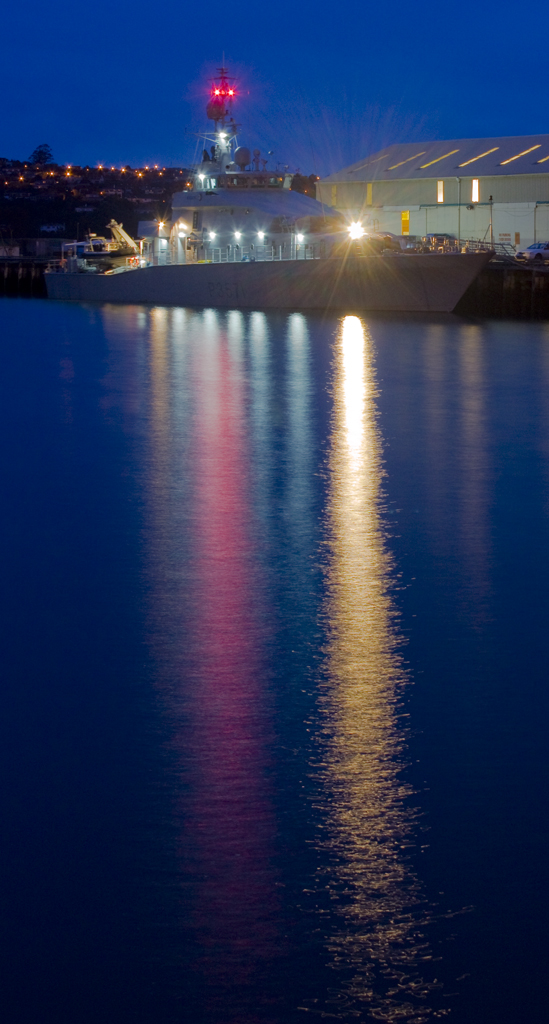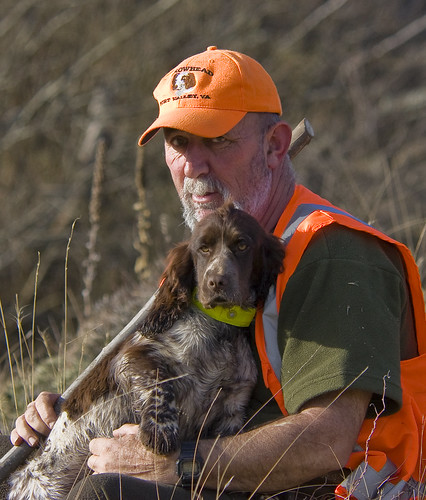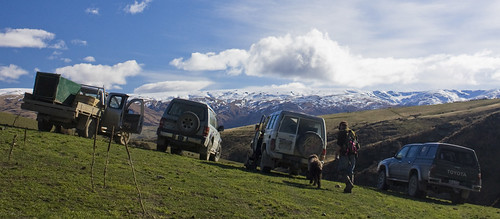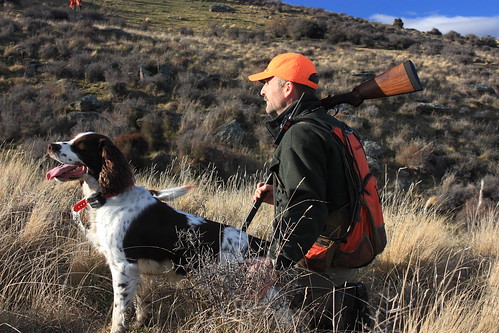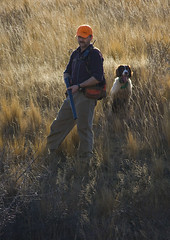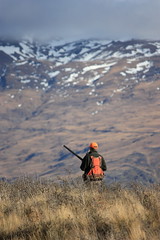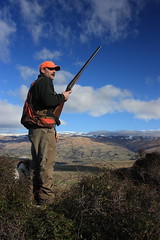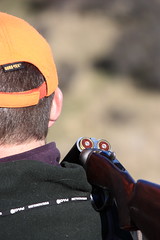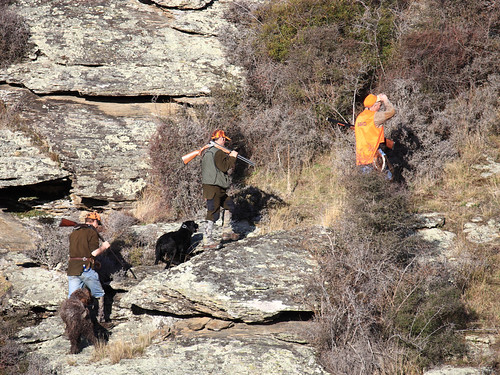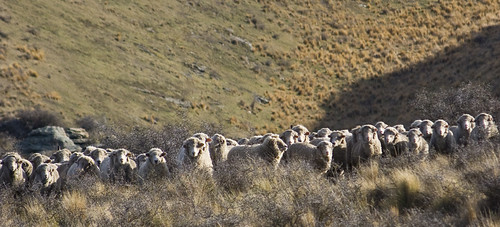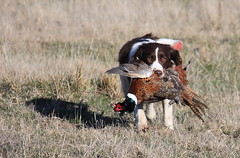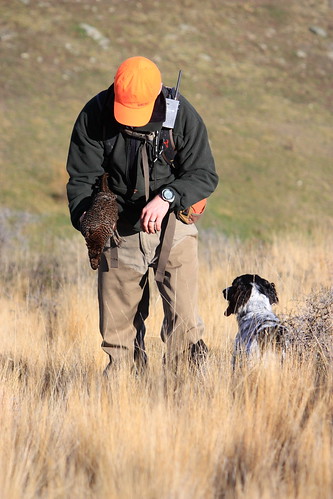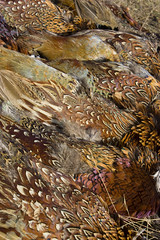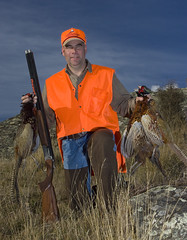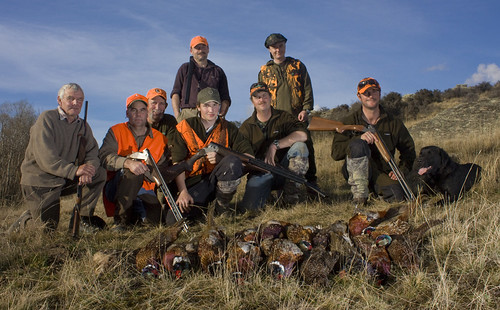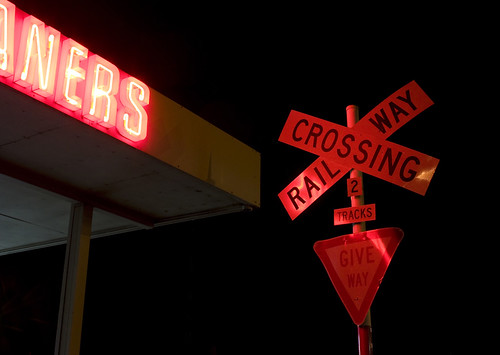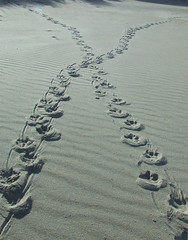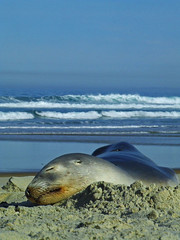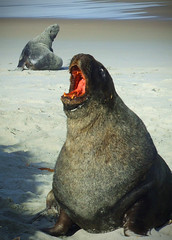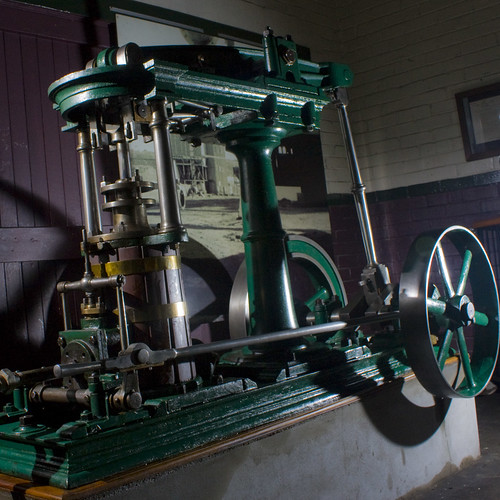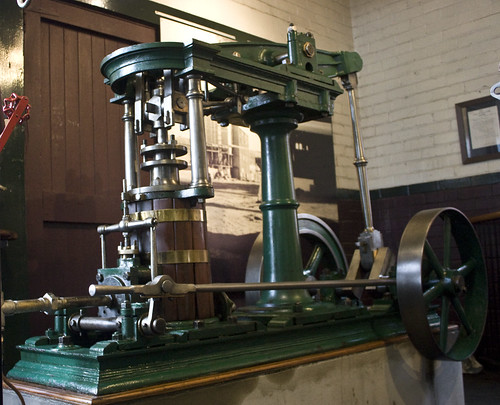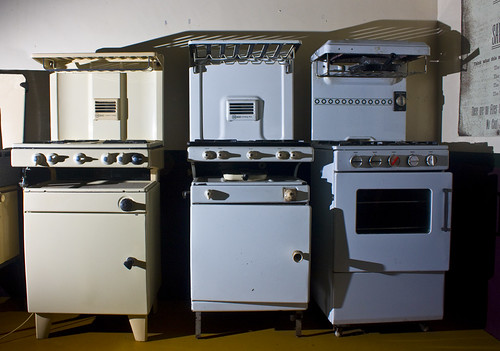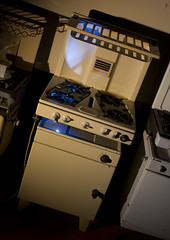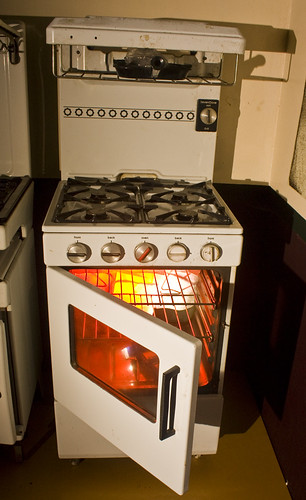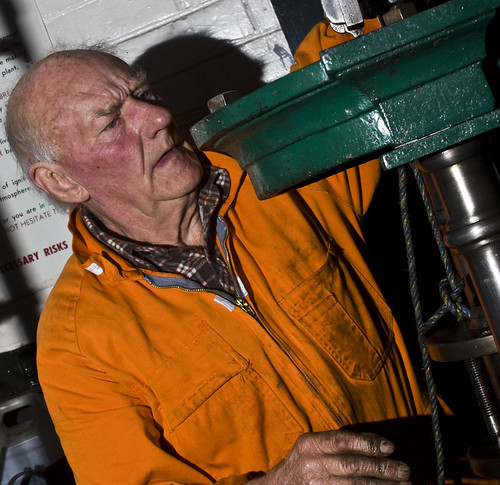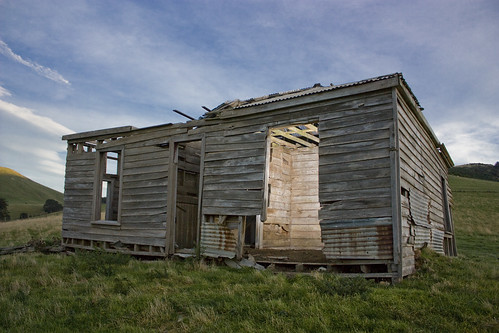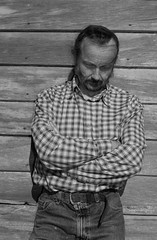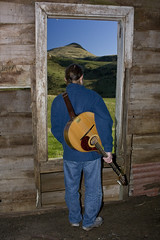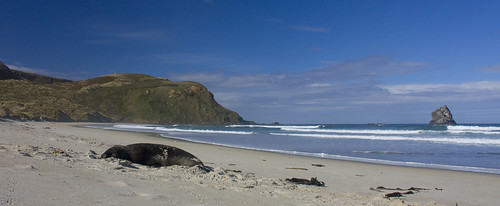
A lot of people start to feel uncomfortable when Hookers start parading around the neighbourhood. Not me. I find them exciting to be around. I just wouldn't want to kiss one.
OK enough of the double entendre. Hooker's sealions,
Phocarctos Hookeri have been making a resurgence on the Peninsula of late so yesterday I decided to head for Sandfly Bay and try to get some decent behaviour shots. I got there about 11 am and the beach was littered with a few sleeping males, doing a good impression of washed up kelp or logs. Then Wow. Up from the surf came these two babes:

I thought I'd sit high on the beach and get some shots of these beauties at play but they had other ideas. I first thought they were chasing me (the default male assumption), but then I realised they just wanted to rest in the dunes. I was curious as to why they'd lumber up there when there was plenty of beach space, so I decided to follow them carefully from the dune margin. There were already plenty of sealion tracks up there as well it being a yellow-eyed penguin nesting area, so it doesn't do to go blundering into the dunes without a lot of caution.
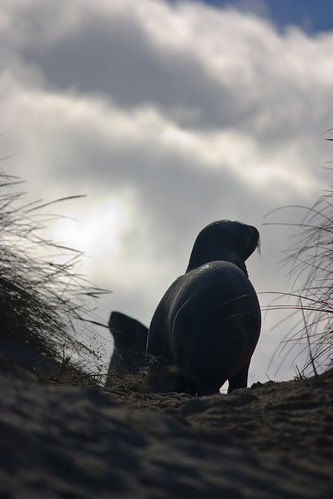
I'm glad I followed. I got some great interaction shots. Mainly play fighting by the look of it, but I also got some beautiful moments. I recommend clicking the picture to get to the shot and clicking the 'all sizes' button to see the large versions. My guess is that these two are sisters, possibly reaching breeding age, but I'm no expert. It was only later that I guessed what they might be here for.
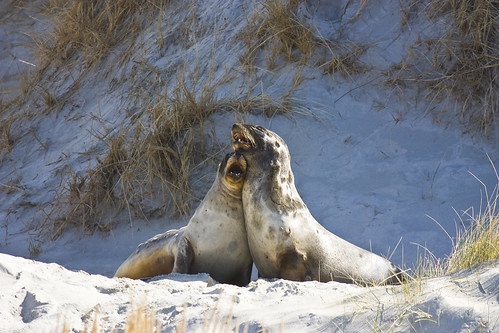
After about 15 minutes I left them to it and wandered the track that follows a stream up the valley towards the spine of the peninsula. It was too close to noon to see any Harriers flying, so I just sat and watched the light play on the hills around me. Occasionally a break in the cloud came, and I ended up sitting there in a paddock for a couple of hours thinking how wonderful it is to have all this just a few minutes drive from my ordinary little Dunedin suburb.
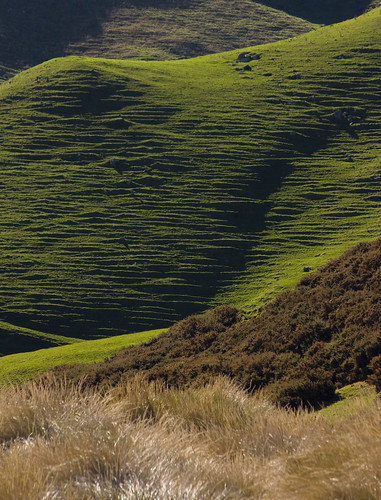
Around 3.30, the harrier hawks became a little more active, but the light had gone and my 200mm zoom just couldn't get me close enough. I decided to call it quits and head back down- track. There were the girls, snoozing where I'd left them but a little further on, some young bulls were slowly walking, fighting, and repeatedly resting on their way up the beach.
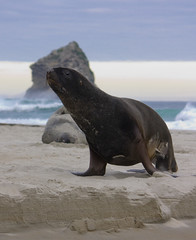
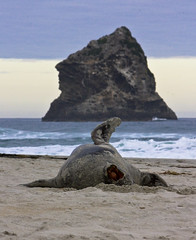
It became clear that one of the bulls intended to pay the girls a visit.
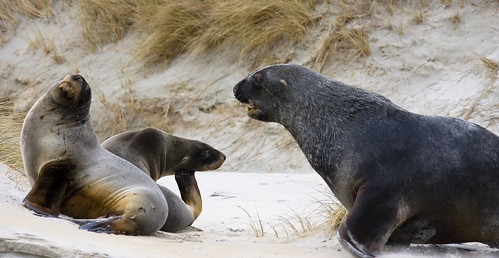

This is where I guessed that the girls are probably hiding out in the dunes to avoid precisely this kind of attention.
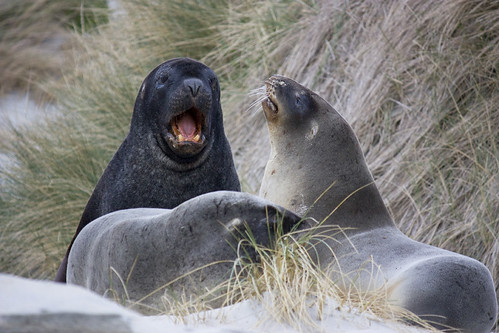
The other bull decided to make it a double date, but the first guy would have none of it. There was a little argy-bargy, but it was all over pretty quickly and the interloper moved up into the dunes, leaving the victor standing proudly over the girls. They may not have wanted all this attention to start with, but they didn't seem too displeased by it either.
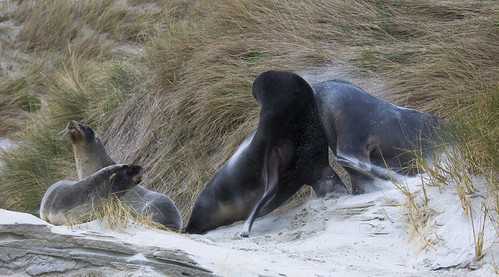
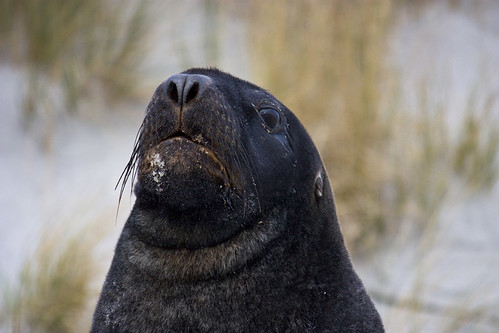
It was getting on for 4.30 now and sightseers were showing up to watch the yellow-eyed penguins come in from the sea, so I decided to press on. But wouldn't you know it, there was another beautiful young female behaving strangely on the beach near the exit dunes. As I got closer, I realised she was throwing up. I guess I would too if I'd just eated a meal of raw fish, bones and all. Boy did her breath stink. Since the light was starting to fade, I tried a couple of flash shots, but didn't get anything remarkable. You really want a voice-activated lightstand for this kind of work. Nothing worse than a queasy, loved-up sealion knocking your flash onto the beach.
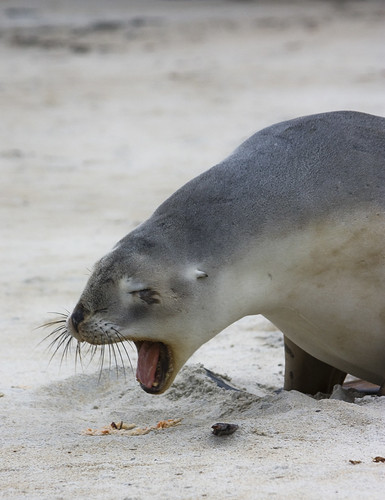
What a great day. I'm a tad disappointed that some of the shots are a little soft, and the light's not always stunning, but I'm still pleased with what I managed to get. Lessons learned: Only time in the field can deliver good behaviour and decent light. Gotta keep that zoom rock steady. And there's a very,
very good reason you're not supposed to kiss Hookers.
